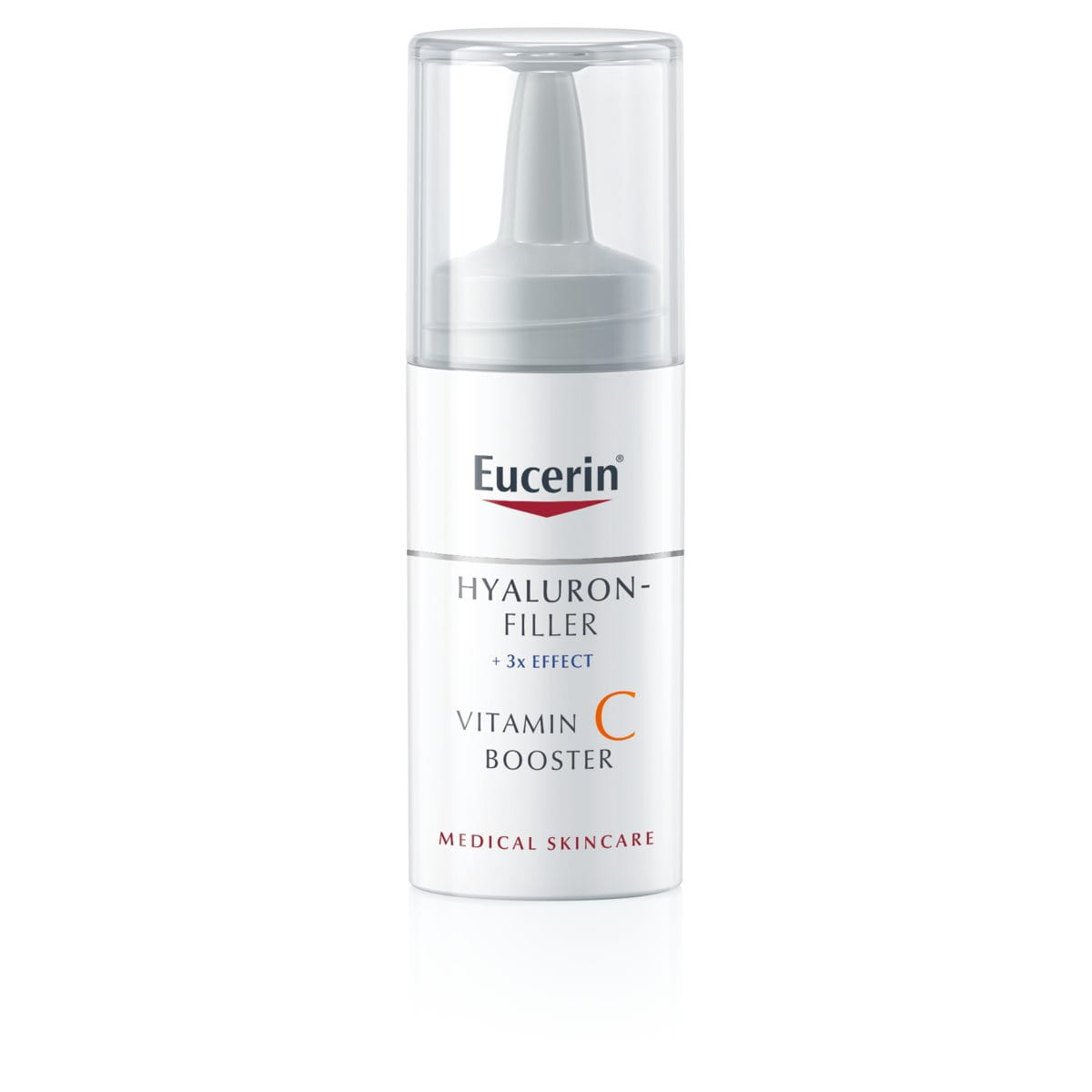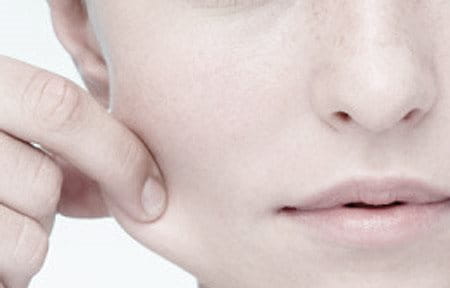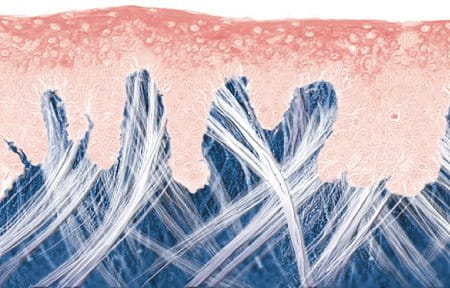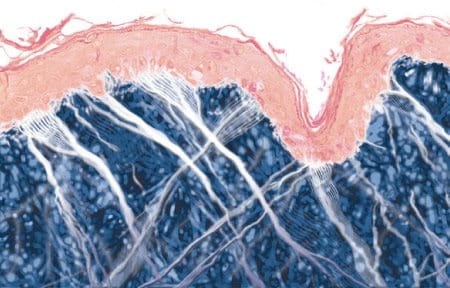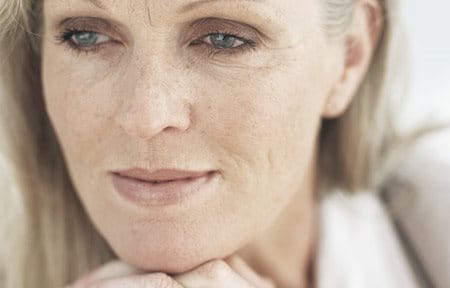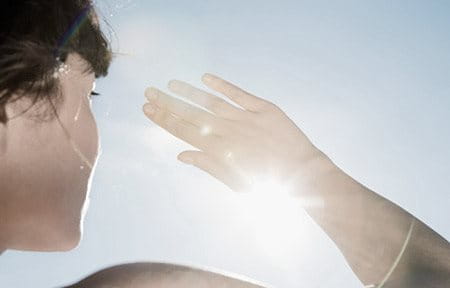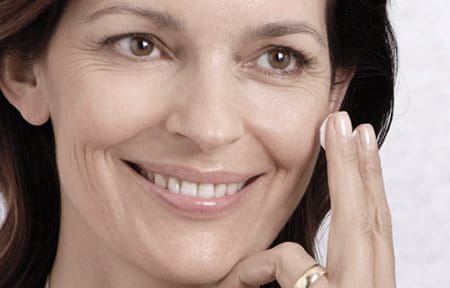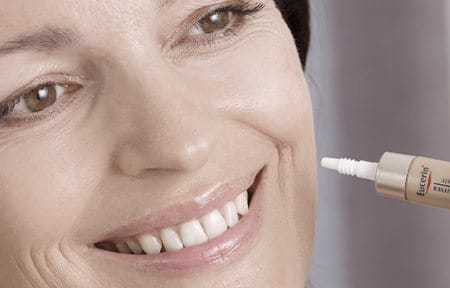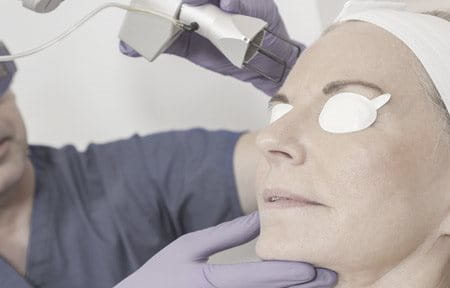The process of general skin ageing starts to affect the way skin looks and feels from around the age of 25. From this point on, the systems that keep skin at optimum health begin to slow down, and the substances that give skin its youthful look are produced to a lesser extent, causing signs that are visible from the outside. A loss of density is one of these, along with loss of volume and wrinkles. The causes of general skin ageing are two-fold. The internal, intrinsic causes are predetermined by our genetics and chronological age and cannot be stopped, however the external factors are linked to lifestyle and can be influenced positively through a holistic approach to prevention.


